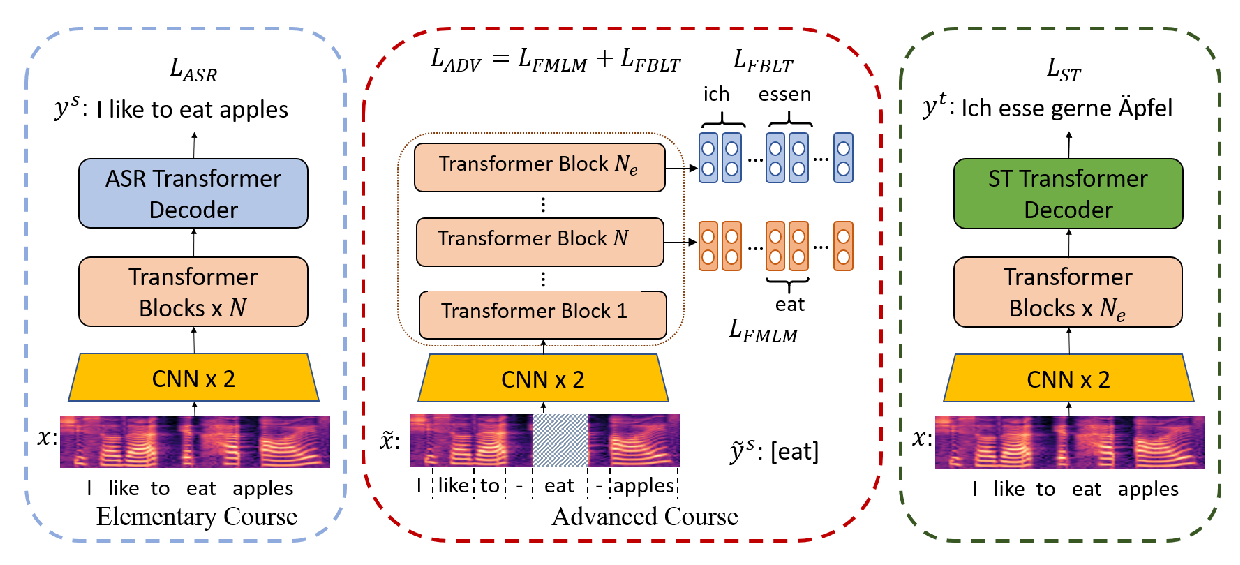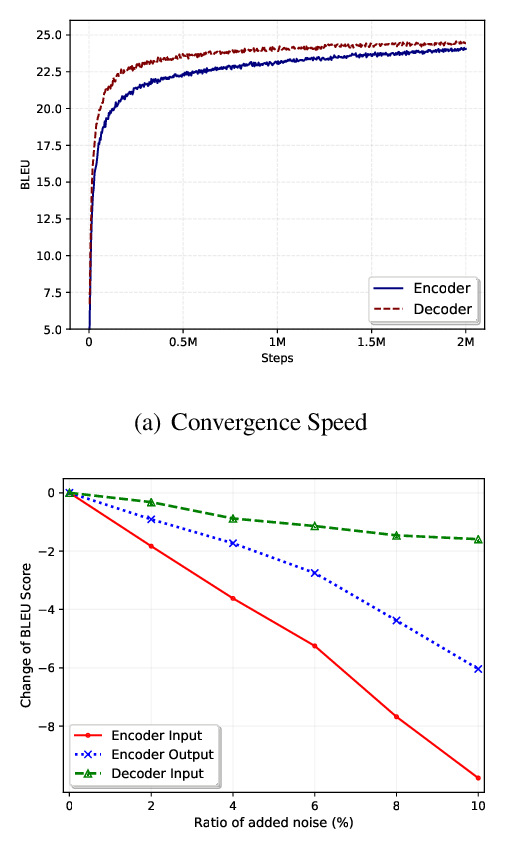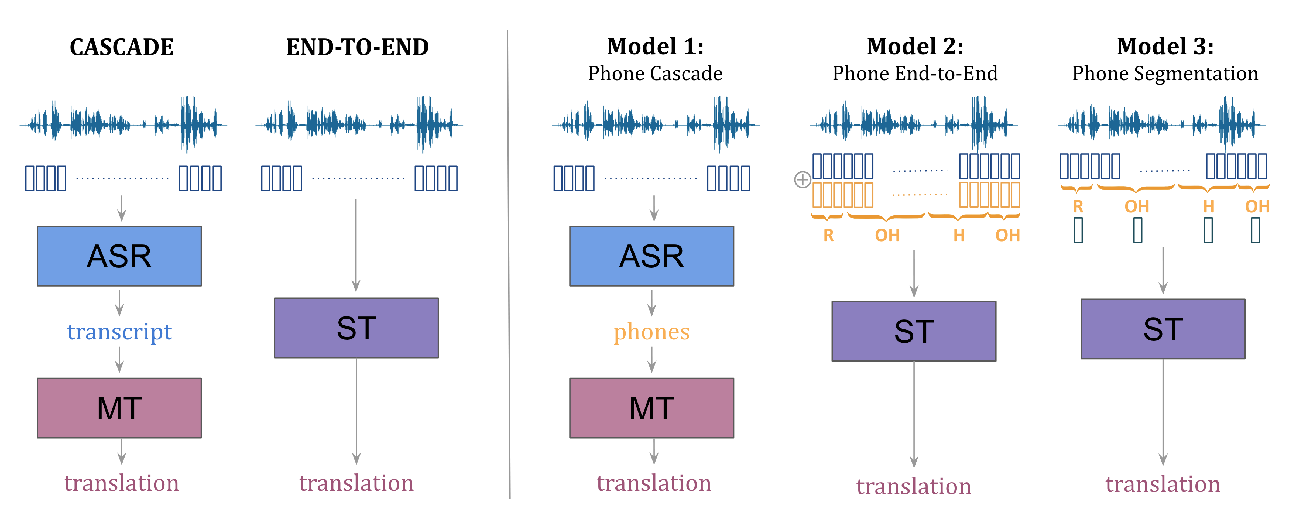SimulSpeech: End-to-End Simultaneous Speech to Text Translation
Yi Ren, Jinglin Liu, Xu Tan, Chen Zhang, Tao Qin, Zhou Zhao, Tie-Yan Liu
Speech and Multimodality Long Paper
Session 6B: Jul 7
(06:00-07:00 GMT)

Session 8B: Jul 7
(13:00-14:00 GMT)

Abstract:
In this work, we develop SimulSpeech, an end-to-end simultaneous speech to text translation system which translates speech in source language to text in target language concurrently. SimulSpeech consists of a speech encoder, a speech segmenter and a text decoder, where 1) the segmenter builds upon the encoder and leverages a connectionist temporal classification (CTC) loss to split the input streaming speech in real time, 2) the encoder-decoder attention adopts a wait-k strategy for simultaneous translation. SimulSpeech is more challenging than previous cascaded systems (with simultaneous automatic speech recognition (ASR) and simultaneous neural machine translation (NMT)). We introduce two novel knowledge distillation methods to ensure the performance: 1) Attention-level knowledge distillation transfers the knowledge from the multiplication of the attention matrices of simultaneous NMT and ASR models to help the training of the attention mechanism in SimulSpeech; 2) Data-level knowledge distillation transfers the knowledge from the full-sentence NMT model and also reduces the complexity of data distribution to help on the optimization of SimulSpeech. Experiments on MuST-C English-Spanish and English-German spoken language translation datasets show that SimulSpeech achieves reasonable BLEU scores and lower delay compared to full-sentence end-to-end speech to text translation (without simultaneous translation), and better performance than the two-stage cascaded simultaneous translation model in terms of BLEU scores and translation delay.
You can open the
pre-recorded video
in a separate window.
NOTE: The SlidesLive video may display a random order of the authors.
The correct author list is shown at the top of this webpage.
Similar Papers
Curriculum Pre-training for End-to-End Speech Translation
Chengyi Wang, Yu Wu, Shujie Liu, Ming Zhou, Zhenglu Yang,

Jointly Masked Sequence-to-Sequence Model for Non-Autoregressive Neural Machine Translation
Junliang Guo, Linli Xu, Enhong Chen,

Enhancing Machine Translation with Dependency-Aware Self-Attention
Emanuele Bugliarello, Naoaki Okazaki,

